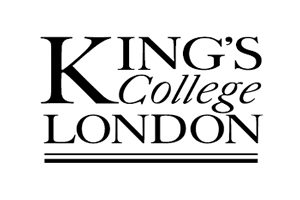Elizabeth Carter
(b. Dec. 16, 1717, Deal, Kent – d. Feb. 19, 1806, 21 Clarges Street, Mayfair, London )
Gender: F
Elizabeth Carter (1717-1806) was the daughter of a clergyman in Deal, Kent, and the eldest of five children; her mother died when she was ten, and after her father remarried, she took the added responsibility of caring for the two children of his second family, including tutoring her youngest brother in classics to prepare him for Cambridge. Her father gave all his children the same education, so Carter learned Greek, Latin and Hebrew with her father, French with a Huguenot family in Canterbury, and was self-taught in Italian and Spanish. (Later in life she added Portuguese and Arabic.) Carter’s father was a friend of Edward Cave, publisher of the Gentleman’s Magazine, which published a number of her poems and translations. In 1738 she moved to London, where she became a regular contributor to the magazine and a friend of the young Samuel Johnson. Cave published a book of her poems in 1738, when she was only twenty-one years old, though she remained anonymous. She also published a translation of Jean-Pierre de Crousaz’s French commentary on Alexander Pope’s Essay on Man and Francesco Algarotti’s Italian Il Newtonianismo per le Dame (1739). Carter became a close friend of Catherine Talbot who, together with Archbishop Secker, encouraged her to publish the first English translation from Greek of the works of Epictetus. This was published in 1758 (Talbot secured many of the subscribers) and earned her renown throughout Europe, as well as the sum of £1,000, with which she bought a house in Deal where she lived for the rest of her life. Elizabeth Montagu sought Carter out and they became intimate friends. Carter spent the summers in Deal and the winters in lodgings at Clarges Street in London, from which she regularly visited Montagu, Vesey and other members of the Bluestocking circle. She travelled to Spa and Germany with Montagu and the Earl of Bath in 1763, and accompanied Laura Pulteney to Paris in 1782. She began to correspond with Montagu in 1758, and following her death in 1806, her nephew Montagu Pennington published her correspondence with Montagu, Talbot and Vesey. Of her letters to Montagu, 219 survive in Pennington’s edition, and the manuscripts of over 700 letters to her from Montagu can be found in the Huntington collection.
Also known as:
- Elizabeth Carter
Authorities
| Electronic Enlightenment DOI |
| Oxford DNB DOI |
| VIAF Authority File ID |
| Wikipedia |
Mentioned in 71 letters
Recipient of 807 letters
Showing transcribed and un-transcribed letters | show transcribed only
Please note that all dates and location information are provisional, initially taken from the library and archive catalogues. As our section editors continue to work through the material we will update our database and the changes will be reflected across the edition.
Browser support: The website works best using the Chrome, Edge, and Firefox browsers on the PC, and only Chrome and Firefox on the Mac.




